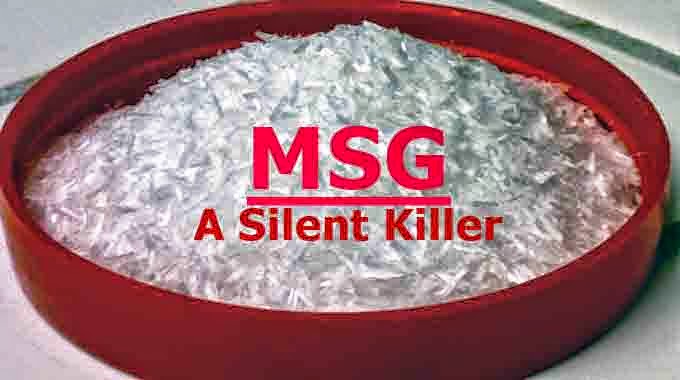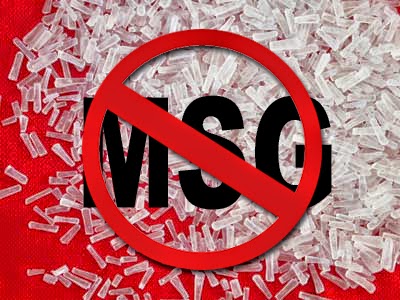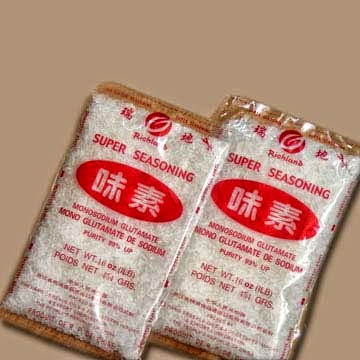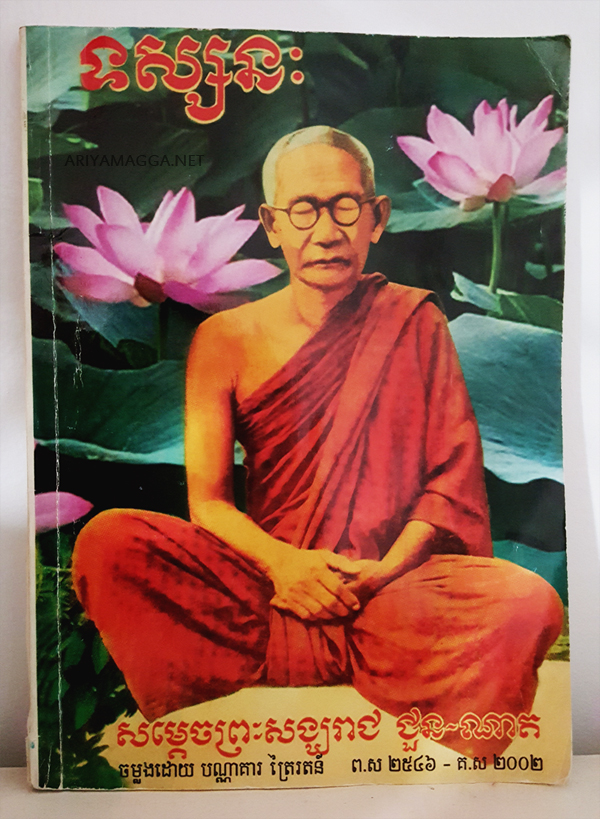-
Comment May 5, 2014
-
When it hurts
54 May 5, 2014 When it hurts to look back,
When it hurts to look back,
and you're scared to look ahead,
You can look beside you
And your best friend (me) will be there.Source: fundootimes
http://leelavadeeflower.blogspot.com/2014/05/when-it-hurts.html
This post has been reshared 27 times on Google+
View this post on Google+ -
Stay where you are…
Comment May 5, 2014Stay where you are. Find your own Calcutta.
‘Find the sick, the suffering, and the lonely
right there where you are — in your own homes
and in your own families, in your workplaces
and in your schools. You can find Calcutta
all over the world, if you have the eyes to see.
Everywhere, wherever you go, you find people
who are unwanted, unloved, uncared for,
just rejected by society — completely forgotten,
completely left alone. ~Mother Teresa -
Because of You
Comment May 5, 2014 -
-
Stay where you are
42 May 4, 2014 Stay where you are. Find your own Calcutta. Find the sick, the suffering, and the lonely right there where you are — in your own homes and in your own families, in your workplaces and in your schools. You can find Calcutta all over the world, if you have the eyes to see. Everywhere, wherever you go, you find people who are unwanted, unloved, uncared for, just rejected by society — completely forgotten, completely left alone. ~Mother Teresa
Stay where you are. Find your own Calcutta. Find the sick, the suffering, and the lonely right there where you are — in your own homes and in your own families, in your workplaces and in your schools. You can find Calcutta all over the world, if you have the eyes to see. Everywhere, wherever you go, you find people who are unwanted, unloved, uncared for, just rejected by society — completely forgotten, completely left alone. ~Mother Teresahttp://leelavadeeflower.blogspot.com/2014/05/stay-where-you-are.html
This post has been reshared 43 times on Google+
View this post on Google+ -
What You Can Do When Someone Hurts You
Comment May 4, 2014- Recognize no one harms another unless they are in pain themselves.
-
No one can hurt you unless you let them.
-
Respect yourself enough that you want to feel good.
-
Consider how you may have contributed to the situation.
-
Extend kindness.
-
Meditate.
Source: Care2
-
How to make Rainbow Roses in 24 hours
Comment May 4, 2014 -
MSG: Is This Silent Killer Lurking in Your Kitchen Cabinets
Comment May 4, 2014
Mercola, Take Control of Your Health A widespread and silent killer that’s worse for your health than alcohol, nicotine and many drugs is likely lurking in your kitchen cabinets right now.
“It” is monosodium glutamate (MSG)1, a flavor enhancer that’s known widely as an addition to Chinese food, but that’s actually added to thousands of the foods you and your family regularly eat, especially if you are like most Americans and eat the majority of your food as processed foods or in restaurants.
MSG is one of the worst food additives on the market and is used in canned soups, crackers, meats, salad dressings, frozen dinners and much more. It’s found in your local supermarket and restaurants, in your child’s school cafeteria and, amazingly, even in baby food and infant formula.
MSG is more than just a seasoning like salt and pepper, it actually enhances the flavor of foods, making processed meats and frozen dinners taste fresher and smell better, salad dressings more tasty, and canned foods less tinny.
While MSG’s benefits to the food industry are quite clear, this food additive could be slowly and silently doing major damage to your health.
What Exactly is MSG?
You may remember when the MSG powder called “Accent” first hit the U.S. market. Well, it was many decades prior to this, in 1908, that monosodium glutamate was invented. The inventor was Kikunae Ikeda, a Japanese man who identified the natural flavor enhancing substance of seaweed.
Taking a hint from this substance, they were able to create the man-made additive MSG, and he and a partner went on to form Ajinomoto, which is now the world’s largest producer of MSG (and interestingly also a drug manufacturer). 2

Photo source: ihatediet.com Chemically speaking, MSG is approximately 78 percent free glutamic acid, 21 percent sodium, and up to 1 percent contaminants.3
It’s a misconception that MSG is a flavor or “meat tenderizer.” In reality, MSG has very little taste at all, yet when you eat MSG, you think the food you’re eating has more protein and tastes better. It does this by tricking your tongue, using a little-known fifth basic taste: umami.
Umami is the taste of glutamate, which is a savory flavor found in many Japanese foods, bacon and also in the toxic food additive MSG. It is because of umami that foods with MSG taste heartier, more robust and generally better to a lot of people than foods without it.
The ingredient didn’t become widespread in the United States until after World War II, when the U.S. military realized Japanese rations were much tastier than the U.S. versions because of MSG.
In 1959, the U.S. Food and Drug Administration labeled MSG as “Generally Recognized as Safe” (GRAS), and it has remained that way ever since. Yet, it was a telling sign when just 10 years later a condition known as “Chinese Restaurant Syndrome” entered the medical literature, describing the numerous side effects, from numbness to heart palpitations, that people experienced after eating MSG.
Today that syndrome is more appropriately called “MSG Symptom Complex,” which the Food and Drug Administration (FDA) identifies as “short-term reactions” to MSG. More on those “reactions” to come.
Why MSG is so Dangerous

Monosodium glutamate One of the best overviews of the very real dangers of MSG comes from Dr. Russell Blaylock, a board-certified neurosurgeon and author of “Excitotoxins: The Taste that Kills.” In it he explains that MSG is an excitotoxin, which means it overexcites your cells to the point of damage or death, causing brain damage to varying degrees — and potentially even triggering or worsening learning disabilities, Alzheimer’s disease, Parkinson’s disease, Lou Gehrig’s disease and more.
Part of the problem also is that free glutamic acid is the same neurotransmitter that your brain, nervous system, eyes, pancreas and other organs use to initiate certain processes in your body.4 Even the FDA states:
“Studies have shown that the body uses glutamate, an amino acid, as a nerve impulse transmitter in the brain and that there are glutamate-responsive tissues in other parts of the body, as well.
Abnormal function of glutamate receptors has been linked with certain neurological diseases, such as Alzheimer’s disease and Huntington’s chorea. Injections of glutamate in laboratory animals have resulted in damage to nerve cells in the brain.”5
Although the FDA continues to claim that consuming MSG in food does not cause these ill effects, many other experts say otherwise.
According to Dr. Blaylock, numerous glutamate receptors have been found both within your heart’s electrical conduction system and the heart muscle itself. This can be damaging to your heart, and may even explain the sudden deaths sometimes seen among young athletes.
He says:
“When an excess of food-borne excitotoxins, such as MSG, hydrolyzed protein soy protein isolate and concentrate, natural flavoring, sodium caseinate and aspartate from aspartame, are consumed, these glutamate receptors are over-stimulated, producing cardiac arrhythmias.
When magnesium stores are low, as we see in athletes, the glutamate receptors are so sensitive that even low levels of these excitotoxins can result in cardiac arrhythmias and death.” 6
Many other adverse effects have also been linked to regular consumption of MSG, including:
- Obesity
- Eye damage
- Headaches
- Fatigue and disorientation
- Depression
Further, even the FDA admits that “short-term reactions” known as MSG Symptom Complex can occur in certain groups of people, namely those who have eaten “large doses” of MSG or those who have asthma.7
According to the FDA, MSG Symptom Complex can involve symptoms such as:
- Numbness
- Burning sensation
- Tingling
- Facial pressure or tightness
- Chest pain or difficulty breathing
- Headache
- Nausea
- Rapid heartbeat
- Drowsiness
- Weakness
No one knows for sure just how many people may be “sensitive” to MSG, but studies from the 1970s suggested that 25 percent to 30 percent of the U.S. population was intolerant of MSG — at levels then found in food. Since the use of MSG has expanded dramatically since that time, it’s been estimated that up to 40 percent of the population may be impacted.8
How to Determine if MSG is in Your Food
Food manufacturers are not stupid, and they’ve caught on to the fact that people like you want to avoid eating this nasty food additive. As a result, do you think they responded by removing MSG from their products? Well, a few may have, but most of them just tried to “clean” their labels. In other words, they tried to hide the fact that MSG is an ingredient. How do they do this? By using names that you would never associate with MSG.
You see, it’s required by the FDA that food manufacturers list the ingredient “monosodium glutamate” on food labels, but they do not have to label ingredients that contain free glutamic acid, even though it’s the main component of MSG. There are over 40 labeled ingredients that contain glutamic acid,9 but you’d never know it just from their names alone. Further, in some foods glutamic acid is formed during processing and, again, food labels give you no way of knowing for sure.
Tips for Keeping MSG Out of Your Diet
In general, if a food is processed you can assume it contains MSG (or one of its pseudo-ingredients). So if you stick to a whole, fresh foods diet, you can pretty much guarantee that you’ll avoid this toxin. The other place where you’ll need to watch out for MSG is in restaurants. You can ask your server which menu items are MSG-free, and request that no MSG be added to your meal, but of course the only place where you can be entirely sure of what’s added to your food is in your own kitchen. To be on the safe side, you should also know what ingredients to watch out for on packaged foods. Here is a list of ingredients that ALWAYS contain MSG:
Autolyzed Yeast Calcium Caseinate Gelatin Glutamate Glutamic Acid Hydrolyzed Protein Monopotassium Glutamate Monosodium Glutamate Sodium Caseinate Textured Protein Yeast Extract Yeast Food Yeast Nutrient These ingredients OFTEN contain MSG or create MSG during processing:10
Flavors and Flavorings Seasonings Natural Flavors and Flavorings Natural Pork Flavoring Natural Beef Flavoring Natural Chicken Flavoring Soy Sauce Soy Protein Isolate Soy Protein Bouillon Stock Broth Malt Extract Malt Flavoring Barley Malt Anything Enzyme Modified Carrageenan Maltodextrin Pectin Enzymes Protease Corn Starch Citric Acid Powdered Milk Anything Protein Fortified Anything Ultra-Pasteurized So if you do eat processed foods, please remember to be on the lookout for these many hidden names for MSG.
Choosing to be MSG-Free
Making a decision to avoid MSG in your diet as much as possible is a wise choice for nearly everyone. Admittedly, it does take a bit more planning and time in the kitchen to prepare food at home, using fresh, locally grown ingredients. But knowing that your food is pure and free of toxic additives like MSG will make it well worth it. Plus, choosing whole foods will ultimately give you better flavor and more health value than any MSG-laden processed food you could buy at your supermarket.
By Dr. Mercola, April 21, 2009
Mercola, Take Control of Your Health
Link to this article -












